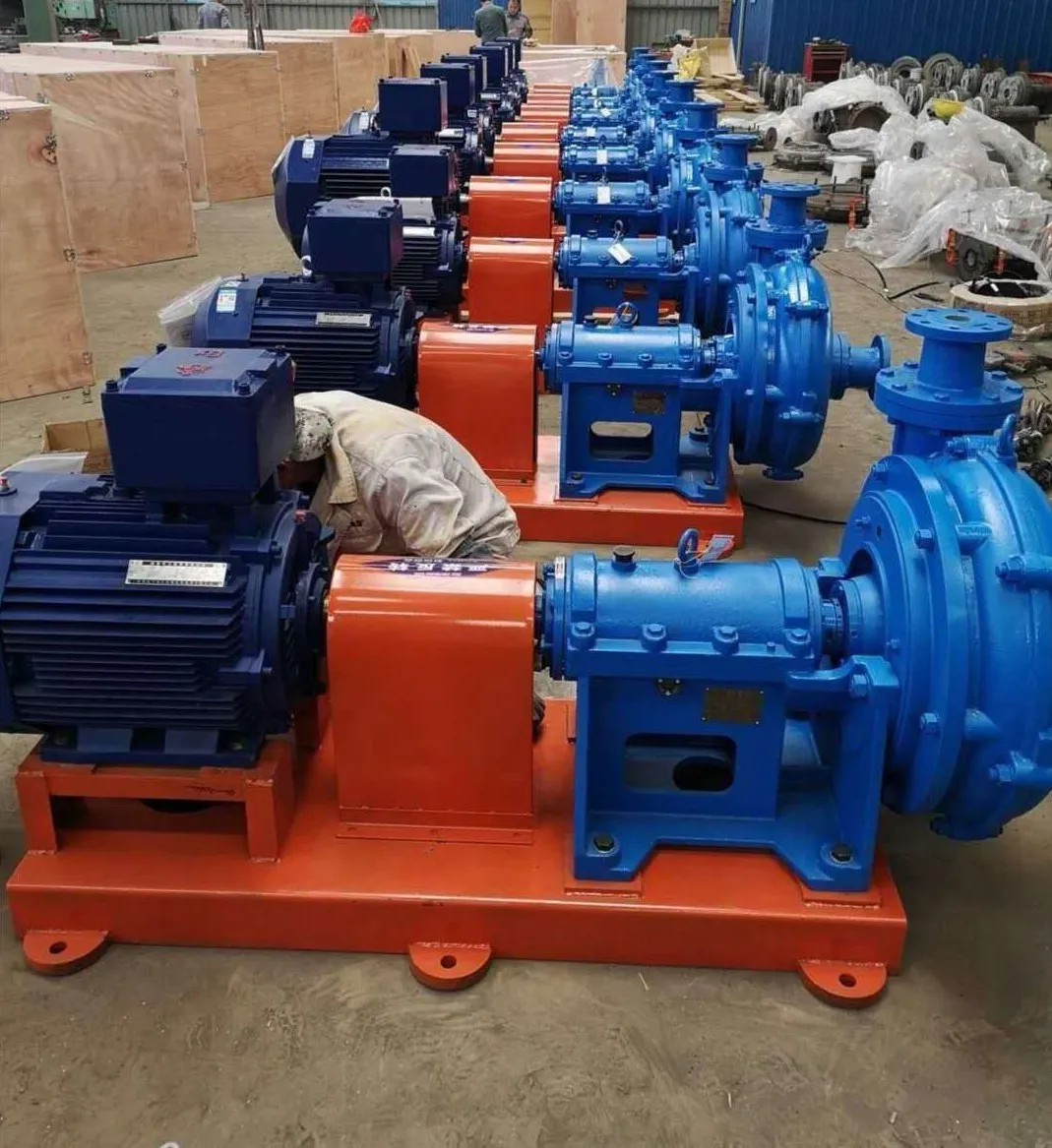English
- Afrikaans
- Albanian
- Amharic
- Arabic
- Armenian
- Azerbaijani
- Basque
- Belarusian
- Bengali
- Bosnian
- Bulgarian
- Catalan
- Cebuano
- Corsican
- Croatian
- Czech
- Danish
- Dutch
- English
- Esperanto
- Estonian
- Finnish
- French
- Frisian
- Galician
- Georgian
- German
- Greek
- Gujarati
- Haitian Creole
- hausa
- hawaiian
- Hebrew
- Hindi
- Miao
- Hungarian
- Icelandic
- igbo
- Indonesian
- irish
- Italian
- Japanese
- Javanese
- Kannada
- kazakh
- Khmer
- Rwandese
- Korean
- Kurdish
- Kyrgyz
- Lao
- Latin
- Latvian
- Lithuanian
- Luxembourgish
- Macedonian
- Malgashi
- Malay
- Malayalam
- Maltese
- Maori
- Marathi
- Mongolian
- Myanmar
- Nepali
- Norwegian
- Norwegian
- Occitan
- Pashto
- Persian
- Polish
- Portuguese
- Punjabi
- Romanian
- Russian
- Samoan
- Scottish Gaelic
- Serbian
- Sesotho
- Shona
- Sindhi
- Sinhala
- Slovak
- Slovenian
- Somali
- Spanish
- Sundanese
- Swahili
- Swedish
- Tagalog
- Tajik
- Tamil
- Tatar
- Telugu
- Thai
- Turkish
- Turkmen
- Ukrainian
- Urdu
- Uighur
- Uzbek
- Vietnamese
- Welsh
- Bantu
- Yiddish
- Yoruba
- Zulu
Telephone: +86 13120555503
Email: frank@cypump.com
Oct . 15, 2024 14:57 Back to list
sewer ejector pump system
Understanding Sewer Ejector Pump Systems
Sewer ejector pump systems play a crucial role in modern wastewater management, particularly in residential and commercial settings where gravity drainage is not feasible. These systems are designed to transport sewage and wastewater from lower elevations to higher ones, ensuring that it reaches the appropriate municipal sewage treatment facilities. This article explores the components, functioning, and importance of sewer ejector pump systems.
What is a Sewer Ejector Pump System?
A sewer ejector pump system is a mechanical system that uses a pump to move sewage from an area of lower elevation, such as a basement, to a sewer line located at a higher level. This is particularly common in homes located in low-lying areas where gravity cannot efficiently transport sewage to the municipal sewer system.
Components of the System
The basic components of a sewer ejector pump system include
1. Ejector Pump The heart of the system, this pump is designed to handle solid materials and can handle effluent that contains debris. Ejector pumps generally feature a powerful motor and are built to endure harsh conditions.
2. Holding Tank The holding tank collects waste until it reaches a certain level. Once the level is high enough, the pump activates to transport the wastewater.
3. Discharge Pipe This pipe carries the ejected sewage from the holding tank to the main sewer line. It is crucial for this pipe to be durable and well-sealed to prevent leaks.
4. Check Valve This component prevents backflow of sewage into the holding tank after it is pumped out. It is essential for maintaining the system's efficiency and integrity.
5. Float Switch A float switch monitors the water level in the holding tank and triggers the pump to operate when needed. It is a critical element for automating the pumping process.
sewer ejector pump system

How Does It Work?
When wastewater enters the holding tank, it accumulates until it reaches a predetermined level. The float switch then activates the ejector pump, which begins to draw the waste from the tank. The pump generates pressure to push the sewage through the discharge pipe and upward to the main sewer line or septic system.
The efficiency of the sewer ejector pump system largely depends on the quality of the pump and the proper installation of the components. Regular maintenance is also vital to ensure that the system operates smoothly, as neglect can lead to clogging, backups, and costly repairs.
Importance of Sewer Ejector Pumps
The significance of sewer ejector pump systems cannot be overstated. They are essential for
- Preventing Health Hazards By efficiently transporting sewage away from living areas, these systems help to prevent the spread of contaminants and diseases associated with sewage exposure.
- Enhancing Property Value Homes equipped with effective wastewater management systems are often more attractive to buyers, particularly in low-lying areas where sewer issues may arise.
- Supporting Environmental Protection By ensuring that wastewater is properly directed to treatment facilities, sewer ejector pump systems play a part in protecting the environment and reducing pollution.
Conclusion
In summary, sewer ejector pump systems are vital for effective wastewater management in areas where gravity drainage is impractical. With their ability to transport sewage efficiently and reliably, these systems safeguard public health and enhance property value while contributing to environmental protection. Regular maintenance and proper installation are key to ensuring these systems function optimally, underscoring their importance in modern infrastructure.
-
ISG Series Vertical Pipeline Pump - Chi Yuan Pumps | Advanced Engineering&Industrial Efficiency
NewsJul.30,2025
-
ISG Series Pipeline Pump - Chi Yuan Pumps | High Efficiency, Energy Saving
NewsJul.30,2025
-
ISG Series Vertical Pipeline Pump-Chi Yuan Pumps|High Efficiency&Reliable Performance
NewsJul.29,2025
-
ISG Series Vertical Pipeline Pump|High Efficiency&Low Noise
NewsJul.29,2025
-
ISG Series Vertical Pipeline Pump - Chi Yuan Pumps Co., LTD.|High Efficiency, Energy Conservation, Low Noise
NewsJul.29,2025
-
ISG Series Vertical Pipeline Pump-Chi Yuan Pumps Co., LTD.|High Efficiency&Energy-Saving
NewsJul.29,2025










